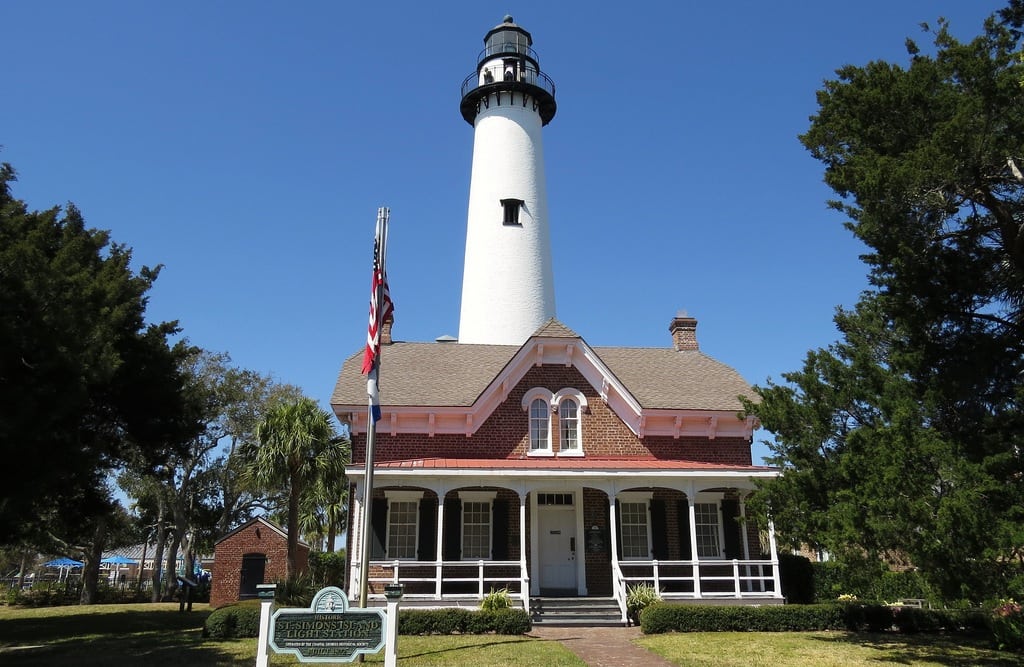Atlantic Coast tourism leaders worry about the coming hurricane season

Skift Take
Relying solely on prayer and good luck to protect a destination from natural disasters is a poor way to prepare for a storm, but this scene is playing itself out up and down the Atlantic Coast right now.
When Scott McQuade thinks about the Jersey Shore these days, he envisions something he hopes he never sees here.
To the director of the Golden Isles Convention and Visitors Bureau, the images are haunting -- oceanside attractions like roller coasters and homes yanked from their foundations and tossed into an angry sea like children's toys; a beach defaced, beaten to a pulp by violent winds, surging water and torrential rain and a once thriving tourism community that has all but flatlined since Hurricane Sandy struck the Garden State last October.
Nothing is as it was. Sandy plunged the New Jersey coast into chaos Oct. 29, robbing beaches of their stability and people of their livelihoods. Best estimates put the damage to the shoreline and its towns some 800 miles to north at $30 billion.
McQuade knows what every community touching the Atlantic Ocean knows and what emergency preparedness officials continue to warn coastal Georgians about: Hurricanes are unpredictable forces that can make landfall here just as easily and just as quickly as Sandy did in 2012 on the New Jersey coast.
As the person responsible for coordination of the tourism industry here, McQuade feels the New Jersey pain.
"They were just starting to see the tourism industry recovering (from the recession), and now this," he said. "It will take the Jersey
